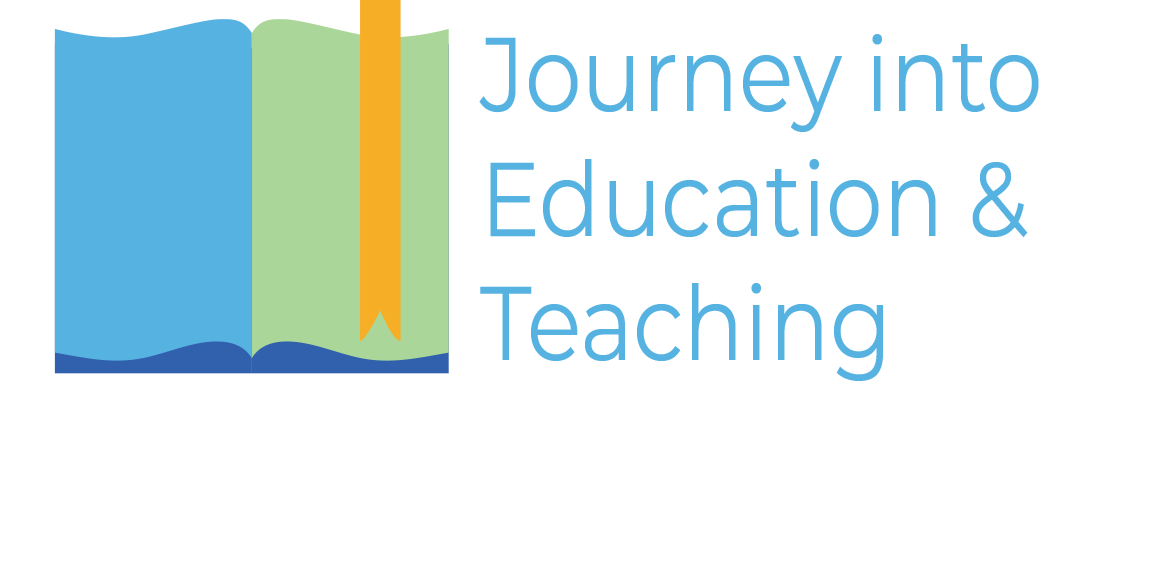How JET Supports the Movement to Increase Teacher Diversity
Currently, the teacher workforce in the United States is predominantly white, despite the growing diversity in the student body (Lindsay, Blom, & Tilsley, 2017). Many researchers have noted the positive results associated with having the diversity of students reflected in their teachers. For instance, researchers have used longitudinal data from North Carolina to assess whether or not there is an impact on students if they have a teacher whom is racially similar, finding that students who were assigned to a teacher of the same race scored higher in math and reading than when they were assigned to a teacher of a different race (Clotfelter, Ladd, & Vigdor, 2007). The same was true, with larger effects, for Black students with a Black teacher than with a White teacher (Clotfelter et al., 2007). Other researchers find evidence that schools with a larger number of Black teachers have more Black students in their gifted programs—a relationship that is also similar for Hispanic teachers and students (Grissom, Rodriguez, & Kern, 2017). Thus, it is important to ensure that the diversity of the teacher workforce reflects the growing diversity of the student body.
The lack of teacher diversity in Boston Public Schools is similar to national statistics. While 85% of Boston Public Schools students are diverse, only 39% of its teachers are diverse (BPS Communications Office, 2017). More has to be done to increase the diversity of the teacher workforce in Massachusetts, and there are many barriers to teacher licensure. However, Journey into Education and Teaching (JET), is attempting to mitigate the lack of teacher diversity in Boston Public Schools through its specific focus on supporting paraprofessionals. JET helps paraprofessionals in Boston Public Schools become licensed teachers in Massachusetts with ongoing support in the forms of mentorship, funding, teacher preparation, and higher education – many of the things that prevent people of color from entering into the teaching profession. With this support, JET is helping its paraprofessionals – 87% of whom are people of color – become licensed teachers in Massachusetts.
The lack of teacher diversity around the nation has been overlooked for years. However, JET stands as a model for creative and innovative ways to increase teacher diversity in the workforce, resulting in efforts that will positively influence our children in Massachusetts.
References
BPS Communications Office. (2017, November). Boston Public Schools at a Glance: 2017-2018. Retrieved from https://www.bostonpublicschools.org/cms/libMA01906464/Centricity/Domain/187/BPS%20at%20a%20Glance%202017-2018.pdf
Clotfelter, C. T., Ladd, H. F., & Vigdor, J. L. (2007). Teacher credentials and student achievement: Longitudinal analysis with student fixed effects. Economics of Education Review, 26(6), 673–682.
Grissom, J. A., Rodriguez, L. A., & Kern, E. C. (2017). Teacher and Principal Diversity and the Representation of Students of Color in Gifted Programs: Evidence from National Data. Elementary School Journal, 117(3), 396–422. https://doi.org/10.1086/690274
Lindsay, C., Blom, E., & Tilsley, A. (2017, October 5). Diversifying the Classroom: Examining the Teacher Pipeline. Retrieved from https://www.urban.org/features/diversifying-classroom-examining-teacher-pipeline

